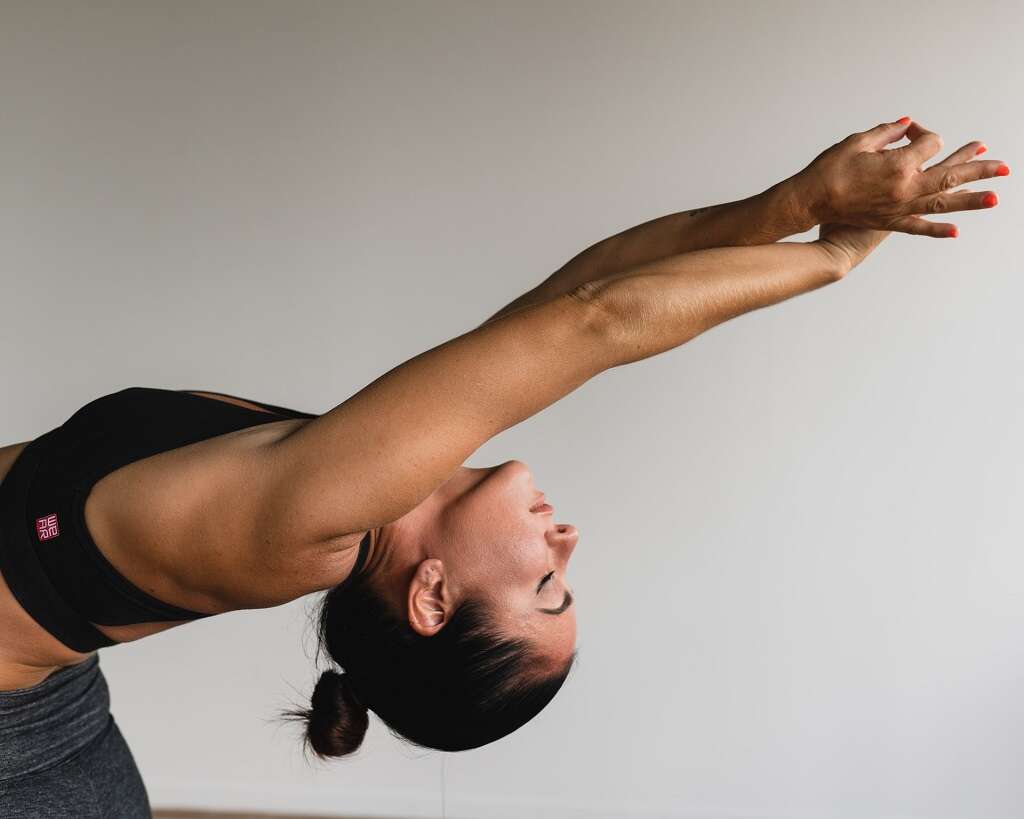Biceps Tendonitis Symptoms, Remedies & More
 Article Sources
Article Sources
- 1. 'Biceps Tendinitis.' Ortho Info. www.orthoinfo.aaos.org/en/diseases--conditions/biceps-tendinitis.
- 2. 'Biceps Tendon Injuries.' The Cleveland Clinic. www.my.clevelandclinic.org/health/articles/14534-biceps-tendon-injuries.
- 3. Churgay C. 'Diagnosis and Treatment of Biceps Tendinitis and Tendinosis.' American Family Physician. 2009 1 Sept.80(5):470-47, www.aafp.org/afp/2009/0901/p470.html.
Biceps tendonitis, sometimes also spelled tendinitis, often occurs in athletes and others who make repetitive overhead motions. Tendonitis in the shoulder is common in swimmers, baseball and tennis players. Tendonitis in the elbow area, sometimes known as tennis elbow, involves the biceps muscle at its lower end, where it joins with the bottom of the humerus. This article concerns itself with biceps tendonitis.
Biceps tendonitis or tendinosis is often a part of the aging process too. As people age, their shoulder muscles, tendons and joints experience wear and tear, especially if they’ve been subjected to repetitive motion like hanging clothes or painting ceilings.1‘Biceps Tendinitis.’ Ortho Info. www.orthoinfo.aaos.org/en/diseases–conditions/biceps-tendinitis.

1. The Anatomy of the Biceps and Shoulder
Tendons are structures that attach muscles to bones and allow muscles to move a limb or other body part. The biceps is the muscle in front of the upper arm. The biceps tendon at the shoulder divides into two tendons called the long head and the short head. The long head is the tendon most associated with biceps tendonitis.
The shoulder joint is made up of three bones: the bone of the upper arm, or humerus, the shoulder blade and the collarbone. The biceps tendon joins with the bone at the top of the humerus, where it fits into the joint socket.1‘Biceps Tendinitis.’ Ortho Info. www.orthoinfo.aaos.org/en/diseases–conditions/biceps-tendinitis.

2. What Is Biceps Tendonitis?
Biceps tendonitis is irritation or inflammation in what’s known as the long head of the biceps tendon. It’s most often seen in athletes but can occur in non-athletic people who repeatedly make the same overhead motions with the affected arm.
Biceps tendonitis that arises naturally from the aging process, usually called biceps tendinosis, typically progresses slowly, whereas acute biceps tendonitis occurs with a sudden load or repetitive overhead motion. As people age, normal wear breaks down the tendon tissue, weakening and inflaming it.1‘Biceps Tendinitis.’ Ortho Info. www.orthoinfo.aaos.org/en/diseases–conditions/biceps-tendinitis.

3. Who Is at Risk for Biceps Tendonitis?
Biceps tendonitis can happen to anyone who engages in overhead motion. It can occur because of a sudden load on the tendon, such as moving furniture or lifting a heavy box from a high shelf. However, it’s usually the result of longstanding overhead motion in people like baseball players, tennis players and swimmers.
Age is a factor in biceps tendonitis too. In athletes older than 35 and non-athletes over 65, it’s a fairly common ailment.3Churgay C. ‘Diagnosis and Treatment of Biceps Tendinitis and Tendinosis.’ American Family Physician. 2009 1 Sept.80(5):470-47, www.aafp.org/afp/2009/0901/p470.html.
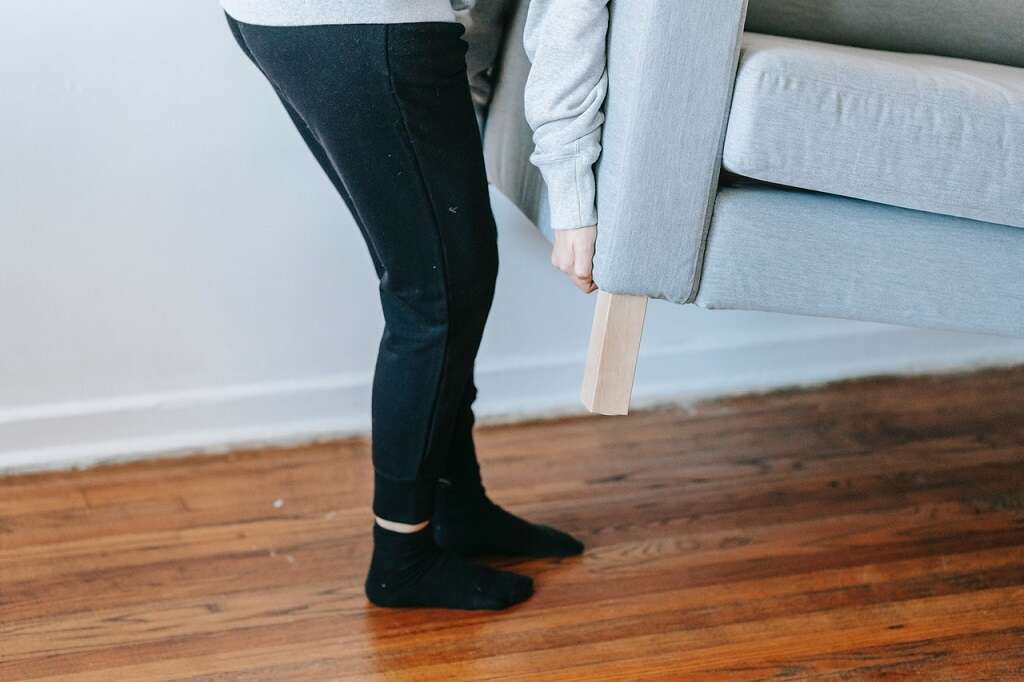
4. Biceps Tendonitis Symptoms
The most prevalent symptom reported by patients with biceps tendonitis is a deep, throbbing pain in the front of the shoulder. The pain is most troublesome at night, especially if a person sleeps on the affected side. Overhead movement of any kind makes the pain worse, and the muscle may also be weak.3Churgay C. ‘Diagnosis and Treatment of Biceps Tendinitis and Tendinosis.’ American Family Physician. 2009 1 Sept.80(5):470-47, www.aafp.org/afp/2009/0901/p470.html.
Sometimes, biceps tendonitis includes an external, visual sign. A bulge on the upper arm is possible with biceps tendonitis. Orthopedists may call this a Popeye bulge.1‘Biceps Tendinitis.’ Ortho Info. www.orthoinfo.aaos.org/en/diseases–conditions/biceps-tendinitis.

5. Diagnosing Biceps Tendonitis
Suspicion of biceps tendonitis will arise after the patient describes their symptoms, but a physical exam and imaging are also necessary. An X-ray may reveal problems with bones, so it’s a good idea to include a shoulder ultrasound and MRI. Both tests show the soft tissues clearly.1‘Biceps Tendinitis.’ Ortho Info. www.orthoinfo.aaos.org/en/diseases–conditions/biceps-tendinitis.
During a physical exam, the doctor may try certain arm maneuvers to diagnose biceps tendonitis further. One of the signs they’re looking for is a pop during movement. The patient also usually experiences the pop.3Churgay C. ‘Diagnosis and Treatment of Biceps Tendinitis and Tendinosis.’ American Family Physician. 2009 1 Sept.80(5):470-47, www.aafp.org/afp/2009/0901/p470.html.
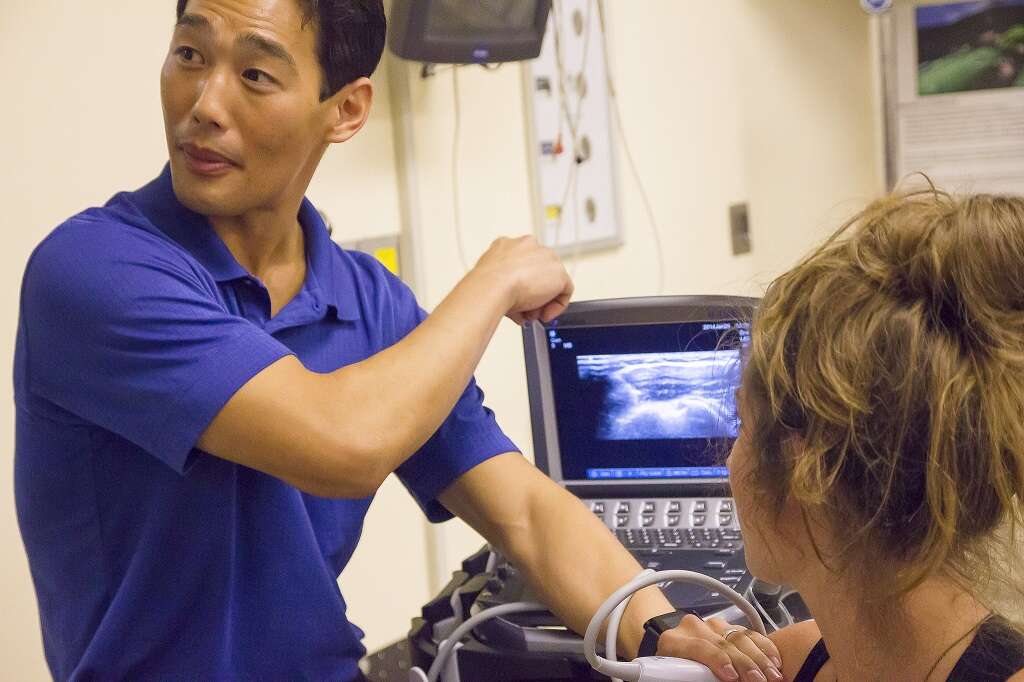
6. Conservative Treatment for Biceps Tendonitis
Unless there’s a tear in the tendon, doctors normally try conservative treatment before considering surgery. The regimen begins with rest and cold packs applied to the shoulder several times a day. Medications called nonsteroidal anti-inflammatory drugs like ibuprofen can be helpful with swelling and pain.
In severe cases of tendonitis without a tear, corticosteroid injections may offer relief of pain and halt the inflammatory process and get the tendon back on a path of healing.3Churgay C. ‘Diagnosis and Treatment of Biceps Tendinitis and Tendinosis.’ American Family Physician. 2009 1 Sept.80(5):470-47, www.aafp.org/afp/2009/0901/p470.html.
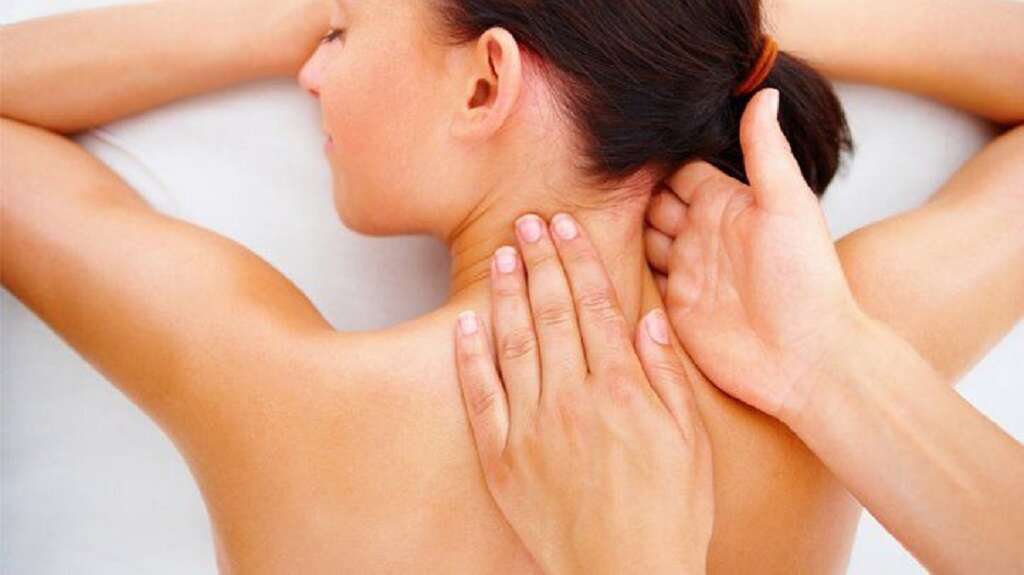
7. Surgical Treatment for Biceps Tendonitis
In severe cases or when three months of conservative measures fail, surgery may be indicated. The surgeon might operate arthroscopically by inserting a tube with a camera through a small incision and operating with miniature surgical instruments.
Three types of surgery can be done, including repair, tendonesis or tenotomy. Repair is rare unless there is a large tear. Tendonesis removes the damaged portion of the tendon and attaches it again. Tenotomy is the release of the damaged tendon. This may cause a small bulge.3Churgay C. ‘Diagnosis and Treatment of Biceps Tendinitis and Tendinosis.’ American Family Physician. 2009 1 Sept.80(5):470-47, www.aafp.org/afp/2009/0901/p470.html.
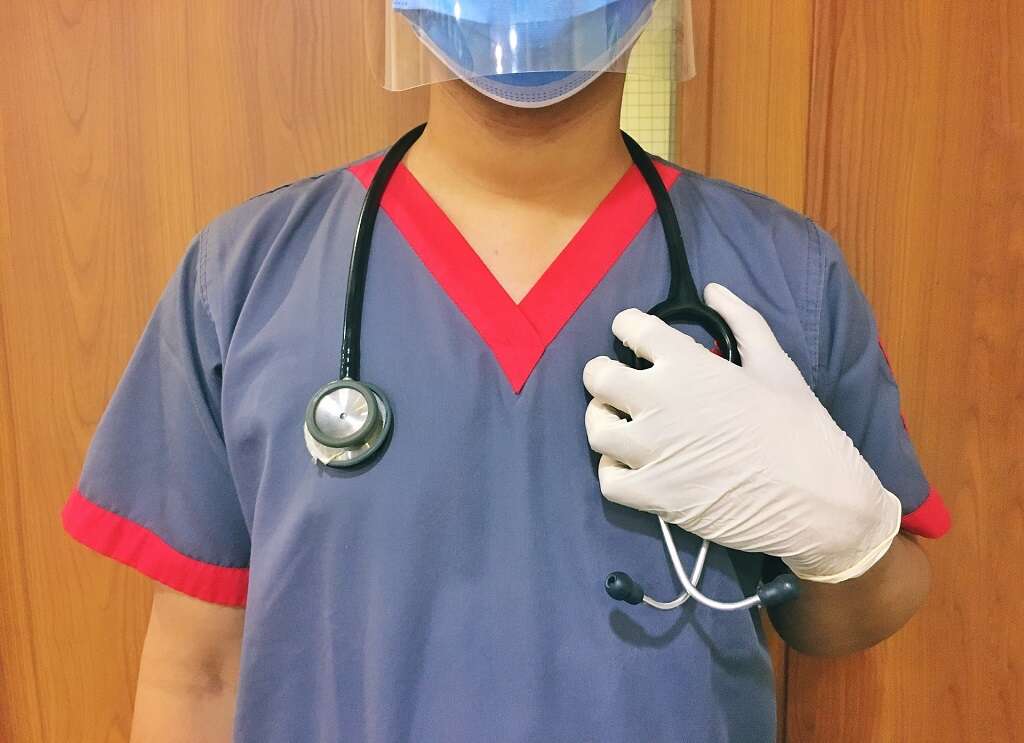
8. Complications and Long-Term Outcomes
Most surgical treatments have good results, including full range of motion and no pain. In time, limited overhead sports can be started again. The possible complications of the surgery, including infection, bleeding and stiffness, are minor and easily managed.1‘Biceps Tendinitis.’ Ortho Info. www.orthoinfo.aaos.org/en/diseases–conditions/biceps-tendinitis.
The rare side effects of steroid injections include infection and pain. Anesthetic injections result in no pain temporarily. Biceps tendonitis is also associated with cuff and muscle covering inflammation in 95 percent of all cases. These will likely require concurrent treatment.1‘Biceps Tendinitis.’ Ortho Info. www.orthoinfo.aaos.org/en/diseases–conditions/biceps-tendinitis.
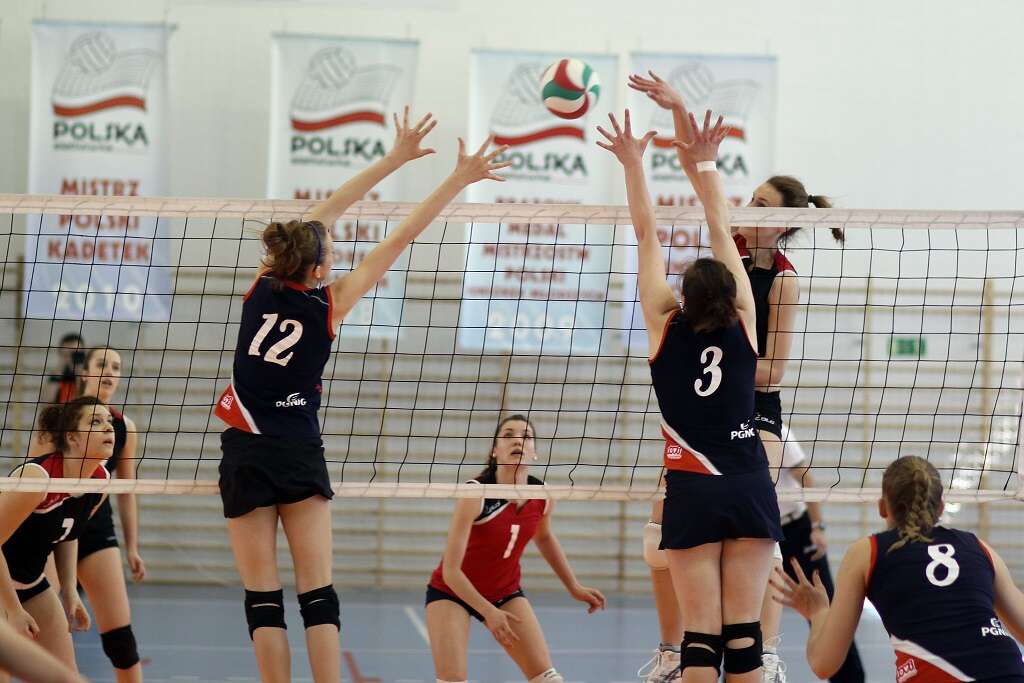
9. Biceps Tendonitis Rehabilitation
Rehab starts with rest and a sling for a few weeks after surgery. During this time, the patient can write, use the computer and eat or wash up as comfort allows. Activities involving using the shoulder are restricted. After the sling is removed, flexibility and range of motion are targeted with therapeutic exercises.
As the shoulder and tendon heal, activities can be increased to complete or near-total strength. Continued stretching and controlled activity are recommended.3Churgay C. ‘Diagnosis and Treatment of Biceps Tendinitis and Tendinosis.’ American Family Physician. 2009 1 Sept.80(5):470-47, www.aafp.org/afp/2009/0901/p470.html.
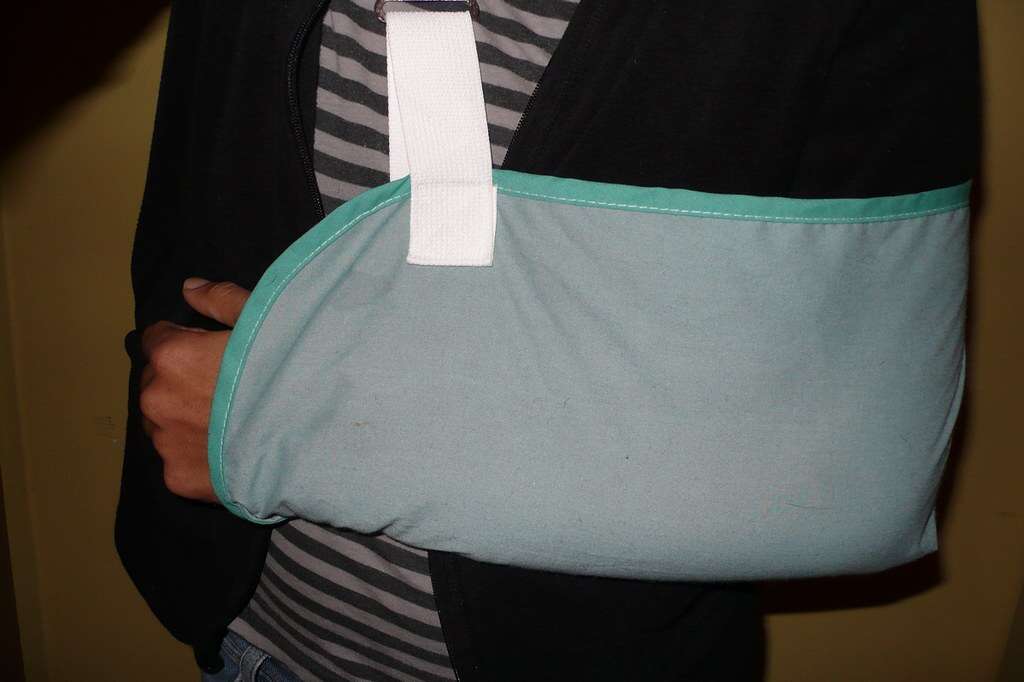
10. Prevention
The best treatment for biceps tendonitis is prevention. When starting an overhead motion sport, remembering to take it slowly is critical. Activity in the sport and its movements can be increased but with limited repetitions and rest between outings. It’s vital to stop if pain occurs, especially early on.
Physical therapy to stretch and strengthen shoulder and arm muscles help to prevent tendonitis as well. In the case of persons whose jobs rely on overhead movements, frequent rest breaks with stretching help prevent tendonitis.2‘Biceps Tendon Injuries.’ The Cleveland Clinic. www.my.clevelandclinic.org/health/articles/14534-biceps-tendon-injuries.
